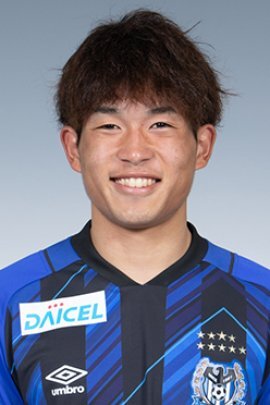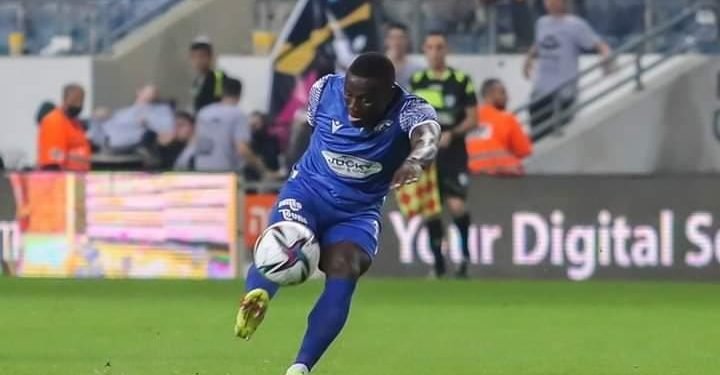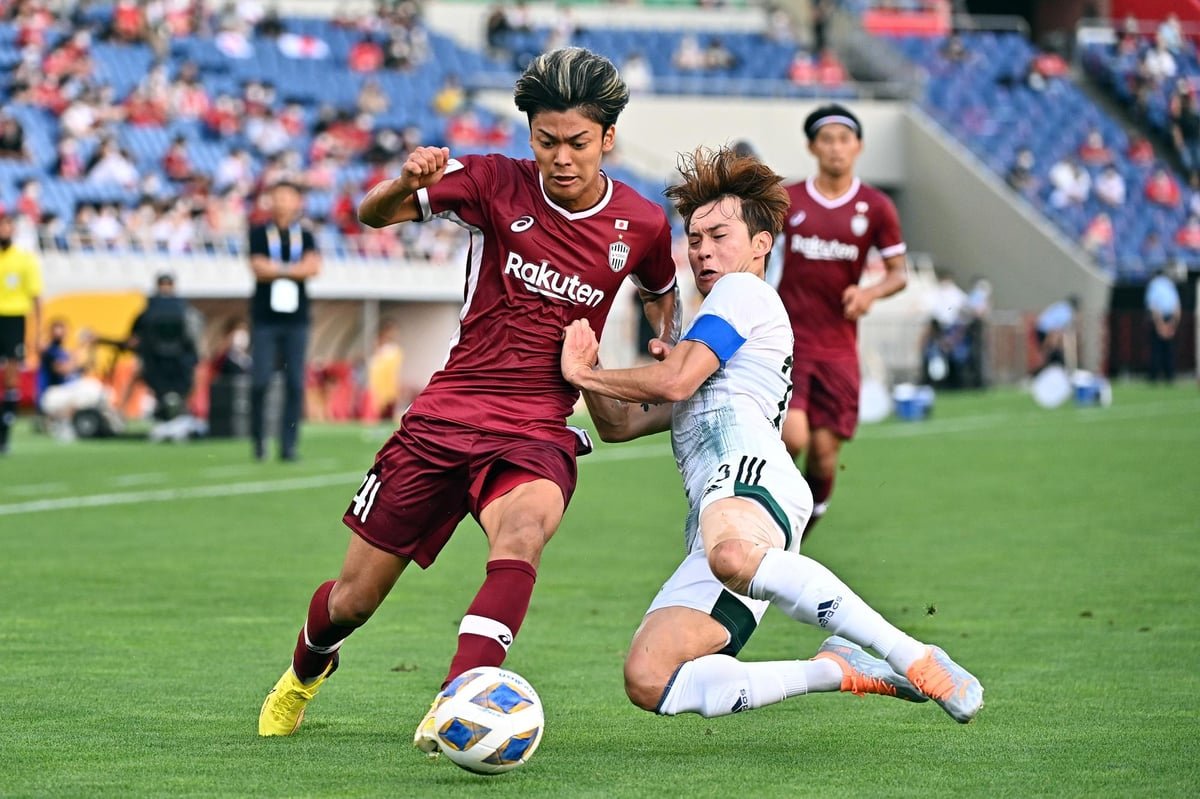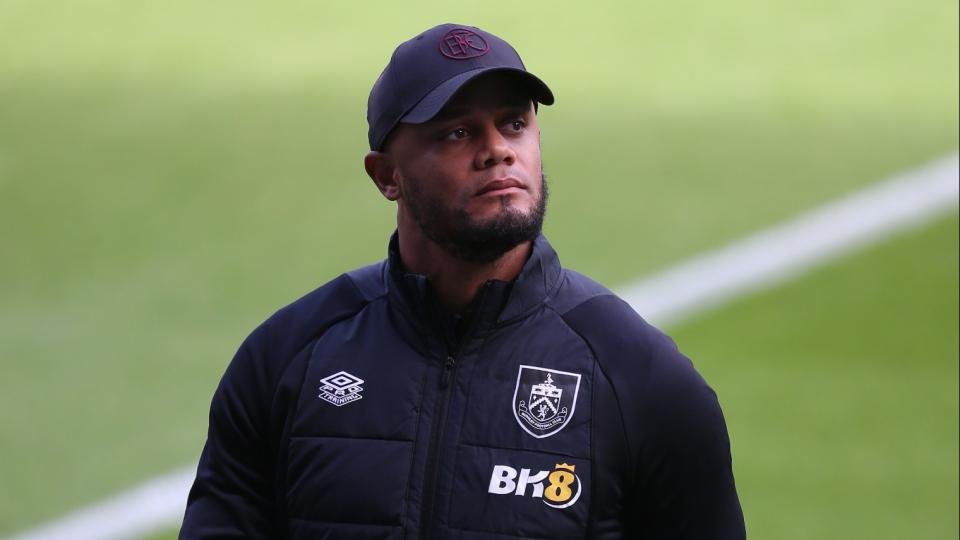Zenit St Petersburg’s intriguing front three

Zenit St Petersburg’s UEFA Champions League campaign has been disrupted by injuries to Malcolm and Sardar Azmoun while Artem Dzyuba fell prey to a sex scandal this season. This has been an issue as a front three that can work quick combinations to devastating effect in the Russian Premier League has not been utilized in the UEFA Champions League. Combining the traits of the distinguished, brilliantly mobile and collaborative skillset of 32-year-old, Dzyuba with Malcom’s dribbling ability and movement in between the lines as well as Azmoun’s sharp and instinctive movement in the box has made the trio a force to be reckoned with when they share the same pitch in domestic football.
Zenit still lead the Russian Premier League table as they are level on points with Spartak Moscow, but they are rock bottom of their Champions’ League group, being on the end of two disappointing defeats against Club Brugge, a club of lesser resources. They have been without Malcom for most of their UEFA Champions League campaign as the 23-year-old Brazilian is crucial in connecting play to the front two with his movement, dummy runs and dribbling ability while Azmoun has also missed a few games in Europe’s premier club competition. Before the dynamic trio reconnected for a 5-1 thrashing of FC Ural at the weekend, Zenit went four games without a win in all competitions.
Under Sergei Semak, Zenit utilize a 4-4-2 with Dzyuba and Azmoun as his preferred strikers with Malcolm on the wing. The main facet of this triumvirate is their ability to create chances for each other out of long-balls, turnovers and direct counter-attacking situations as the lumbering Dzyuba will drop deep to win aerial duels to lay-off for Malcom while Azmoun is astute at connecting play in the deeper areas. Dzyuba’s willingness to move into the wide areas to receive possession and work passing combinations or look to dribble into the centre adds another dimension to his side’s attack. Azmoun’s ability to hold the nine space allows Dzyuba to roam and receive possession in the deeper areas and the wide channels while Malcom and other teammates can make runs into the centre to create high quality shooting opportunities in the box.
The front three will normally attack the opposition box in a triangular shape as this is a staple of Semak’s tactical ideals as even when he employs attacks without all three attackers, he prefers his attackers to form a triangle. He utilizes this shape to create a pocket of space at the near post that the ball-near striker or Malcom to run to in order to receive a cross to the near post. If the ball-near striker makes a run to the near post, then Malcom will either veer to the back post with the ball-far striker making a run of the nine space or Malcolm will make a run into the nine space. Malcom, Dzyuba and Azmoun are all so intelligent at making movements to open space to involve other teammates in attacking routines as they could hold their triangular shape and allow a deeper runner to move into the half-space to open a passing or a crossing lane or to receive possession and work a cut-back.
In the situation above, Lokomotiv Moscow defended stoutly to hold Zenit to a 0-0 draw earlier in the season as they defended in a tight zonal 4-4-2 shape to deny Zenit early access to their front three, limit their interactions and movements in between the lines while blocking their shots in the box. In the situation above, Malcom is in the ten space, Dzyuba is at the near post with Azmoun attacking the back-post while Lokomotiv have worked a 3v1/4v2 in the wide areas to deny the delivery into the box while preventing the winger from cutting inside which would trigger dummy runs into the half-space with Malcom moving into the open space in possession to receive the ball. Douglas Santos can make a run into the half space to draw a marker with Malcom moving into half-space to receive possession and look to create an opportunity for Azmoun and Dzyuba in the box.
When Malcom receives possession by the touchline, his first instinct is always to cut inside as the ball-near player in Dzyuba or Azmoun will drop into space to receive a pass from the Brazilian who will continue his run into the ten space. If his teammate moves to the flank then Malcolm will make a supporting movement into the half-space to receive possession and to draw a defender as the ball-far winger will tuck inside and move into the ten space or a deeper-player will make a run into the open space behind Malcom as this allows the former Barcelona man to dummy a pass to his teammate before making a run into the box to receive a pass to square for the other attacker. If Zenit regain possession after a turnover, Malcolm’s dribbling draws markers allowing Dzyuba and Azmoun to make runs into space to receive possession on the break to work high quality shooting and crossing opportunities.
Dzyuba’s ability as a towering counter-attacking conduit with cold bloodedly-crisp finishing is essential as he can move into the channels to receive clearances, drop into the midfield line to chest goal-kicks or lay-off long balls. He also has the ability to hold the ball for teammates to make penetrative runs past him as he can move into the channels to receive possession for Malcom to sprint past him as the Russian has the vision to find him with a pass. Once he plays the pass into Malcom, he can then move into open space in the central pockets to draw a marker and create an opening for a deeper runner or to create an opportunity for himself. The Russian striker’s hold-up play and mobility is integral in creating counter-attacking opportunities where Zenit can be clinical as well as working combinations which are key in allowing Malcolm to cut inside.
Dzyuba and Azmoun’s movement is also crucial in creating space so Malcom and other teammates can have high quality goalscoring opportunities as when they are in their triangular shape, the two strikers are key at occupying the centre-backs and dragging them into areas where the opposition defensive shape will be affected, and space will be created for high quality opportunities. Dzyuba and Azmoun are very clever at making runs to clear space at the top of the opposition box. In a home match against Arsenal Tula at the beginning of this season, Andrei Mostovoy regained possession to cut inside on the break as both Azmoun and Dzyuba made a sharp run to clear space for a Malcolm pass at the top of the box as the Brazilian threaded a pass through for Mostovoy to apply the finish to make it 3-0. In another situation away to Ural, Dzyuba received a clearance to lay the ball off and make a run into the opposition box before moving to the near post, clearing some space at the back-post and in front of the box for a teammate to receive possession. Once a teammate received possession at the top of the box, Azmoun dropped to receive possession dragging his marker out of position to open a passing lane to Malcolm who had a shot saved.
The front three are also clever at involving others in approach play as once they open space with their movements then other players can make runs and move into space to disorient the opposition defence. Their passing interchanges in between the lines are innate, fast-paced and one-touch in order to pry open defences. In their most recent match against Ural, Malcom was in the ten space, Dzyuba was in the wide areas before Azmoun dropped closer to his Russian strike partner to receive possession allowing Dzyuba to thread a pass in behind for Driussi who was playing as the ball-far winger who tucked into the nine space. Azmoun then received possession on the right flank and played the ball to Malcolm before making a run into the box as the Brazilian played a pass back to the flank for a cross as Dzyuba had a tame header saved. Dzyuba and Azmoun’s willingness to drop to receive possession allows teammates to move into the spaces they vacate while they have the ability to play one-touch passing moves to create opportunities.
The trio are so effective, especially in quick breaking situations and after turnovers, because Dzyuba and Azmoun have the ability to be instinctive one-touch finishers. Azmoun has 9 goals this season as well as 19 goals from last season while Dzyuba has 9 goals and 5 assists in all competitions this season as well as 19 goals and 13 assists from last season. Their abilities as finishers stand out as Azmoun is particularly perceptive at making late runs to fill pockets of space before applying clean finishes. Both are also taller strikers who do not need to utilize runs in aerial duels as they can hover over defenders or jump from standing situations to head in crosses. The towering strikers can also lay-off for teammates inside the box, giving them scoring opportunities as the duo will continue to plunder goals in the Russian Premier League this season.
Zenit will normally look to utilize pressing triggers as they sit and press in a 4-4-2 defensive block as one of these triggers is the opposition playing the ball to Malcom’s fullback. This allows the Brazilian to push up next to the two strikers in the first wave of Zenit pressure as Malcom will also be allowed to follow the ball if it is played back into the centre. Semak uses this ploy so his attackers can defend closer together to force a turnover where they can establish quick breaks with one-touch passing combinations to create space for shooting opportunities.
Zenit St Petersburg are almost certainly out of European football as they sit rock-bottom of their group with a solitary point, six points behind 3rd placed Club Brugge in their group as it was a shame that they did not get to unleash Dzyuba, Azmoun and Malcom together as a trio. Their primary focus will be the Russian Premier League where they lead the table while Azmoun and Dzyuba lead the scoring charts with 9 and 8 goals, respectively as Azmoun won the golden boot last season with Dzyuba closely tracking him. The hope for Zenit St Petersburg should be that all three players are able to remain fit, so they can grace the pitch at the same time.






